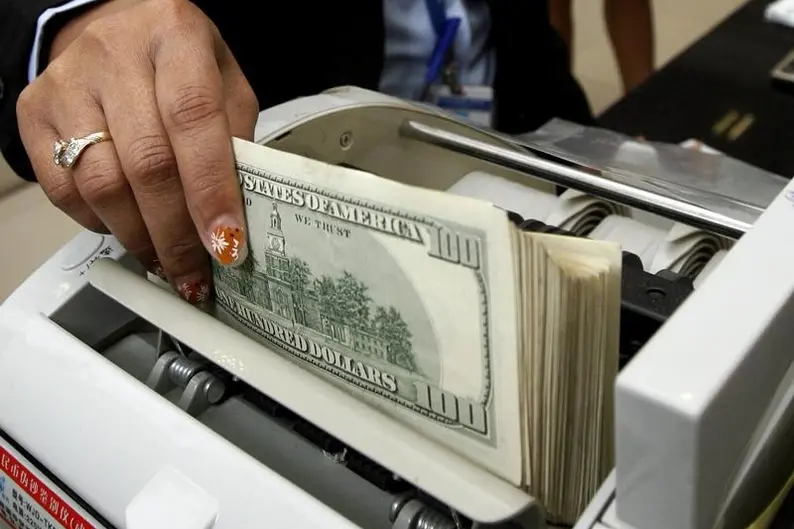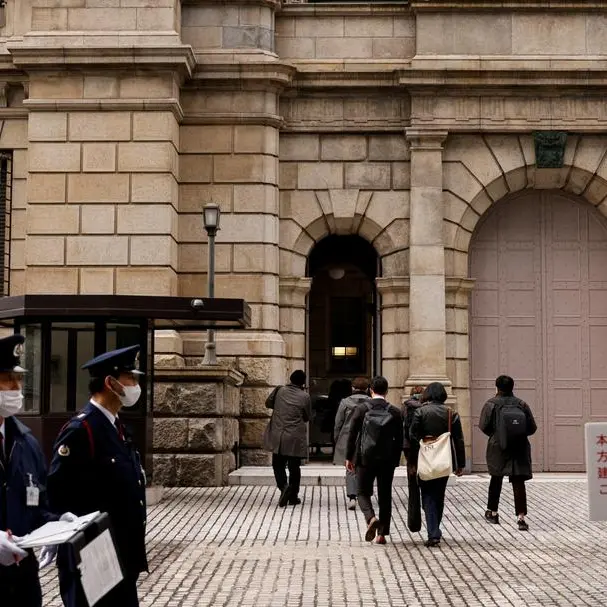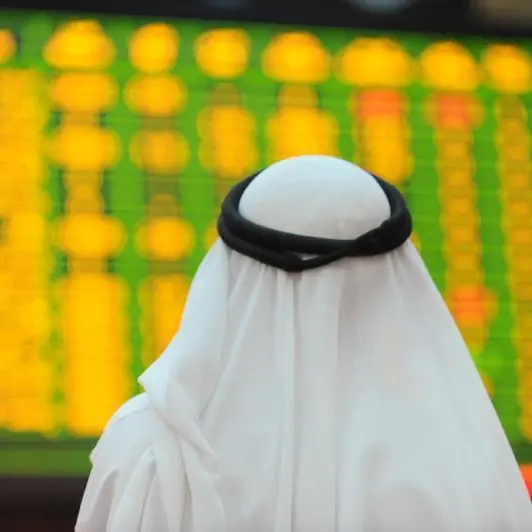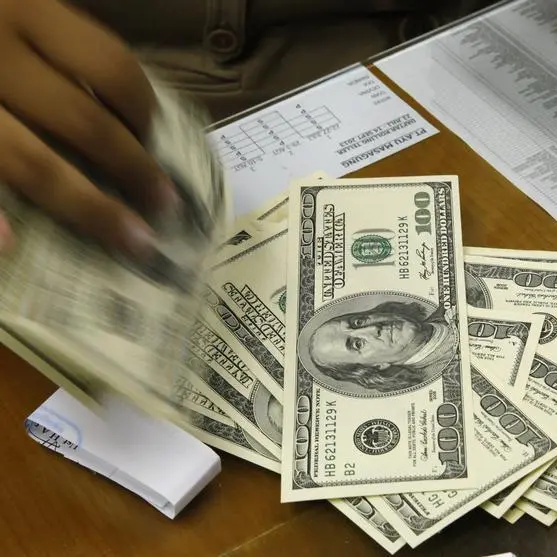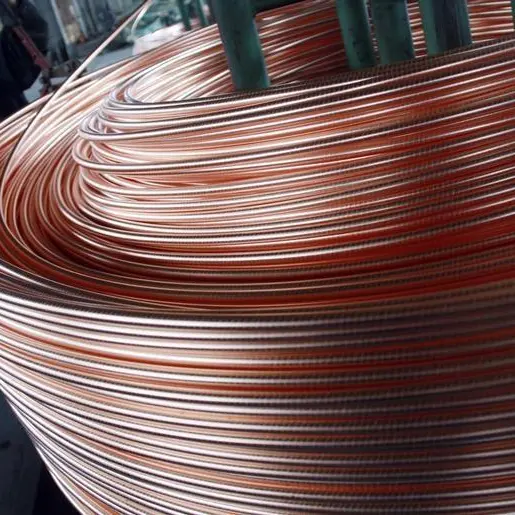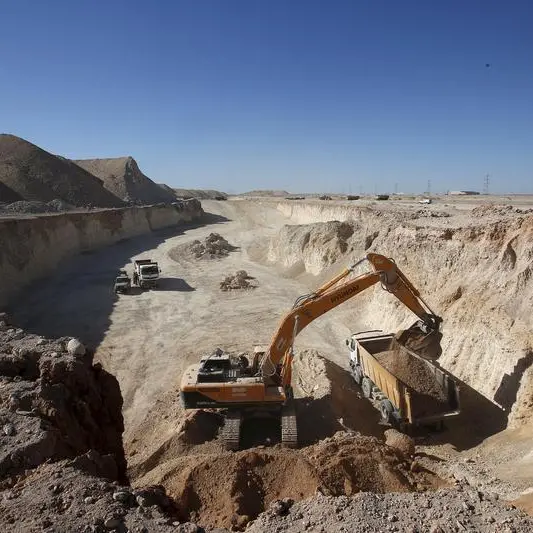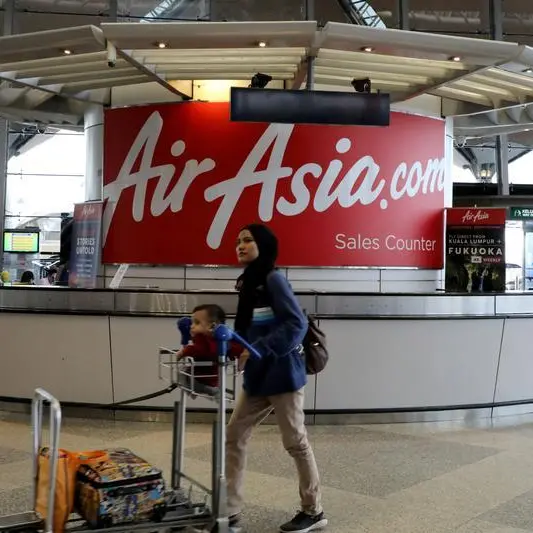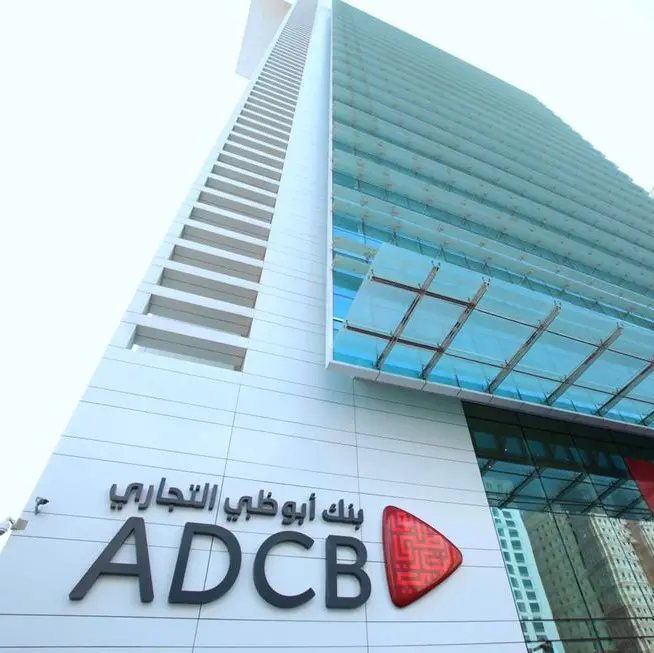PHOTO
SINGAPORE - The dollar weakened on Wednesday as investors bet that the Federal Reserve would signal plans to slow its pace of interest rate rises at a keenly-watched meeting later in the day.
Fed policy makers are widely tipped to raise rates for a fourth time this year and to express caution about future monetary tightening due to concern about slowing global growth.
Expectations of a pause from the Fed amid a U.S.-China trade conflict and global financial market volatility has led some investors to question if the dollar's stellar run will continue into 2019.
U.S. President Donald Trump has berated the Fed repeatedly and on Tuesday said in a Tweet it was "incredible" for the central bank to even consider tightening given global economic uncertainties.
"A hike is still likely, regardless of Trump's displeasure, but there's a very good chance that they will reduce the number of hikes in 2019 to two (from three)," said Kit Juckes, global head of FX strategy at Societe Generale.
The safe-haven yen and the Swiss franc both strengthened as an overnight plunge in oil prices provided a stark reminder of dimming prospects for the global economy.
Risk sentiment has been soured by weaker-than-expected economic data out of China and the eurozone.
The yen and the Swiss franc each added a little more than 0.1 percent on the dollar, changing hands at 112.33 and 0.9916 respectively, building on three consecutive days of gains.
The dollar index was down 0.3 percent at 96.75, hovering near a one-week low as it extended losses into the second day.
Elsewhere, the euro hit a one-week high of $1.1414, gaining 0.3 percent. The single currency has enjoyed a rare uptick in the past three sessions as the dollar grappled with lower yields and monetary policy risks.
The same reasons gave the Australian and New Zealand dollars a lift, with both of them gaining 0.2 percent to $0.7195 and $0.6864 respectively.
The euro was also supported by news that Italy had struck a deal with the European Commission over its contested 2019 budget, signalling an end to weeks of wrangling that had shaken financial markets.
Comments by Fed Chairman Jerome Powell in late November that the key interest rate was “just below” neutral, a level that neither brakes nor boosts the economy, have bolstered investor expectations the U.S. central bank is nearing a pause on its monetary tightening.
However, some analysts still see the Fed raising rates two to three times in 2019.
"Personally, I think the Fed will continue to normalize policy next year and I don’t think it will send the U.S. economy into recession," said ACLS analyst Marshall Gittler.
"An economy where there are more job offers than unemployed persons doesn't need such super-stimulus. That's why I remain bullish on the dollar," he added.
According to the CME Group's FedWatch tool, the probability of a December rate hike is 69 percent, down from around 75 percent last week, a significant move in such a short period.
(Additional reporting by Vatsal Srivastava Editing by Andrew Heavens and Andrew Cawthorne) ((tom.finn@tr.com; +44 2075427508 ; Reuters Messaging: tom.finn.reuters.com@reuters.net))
